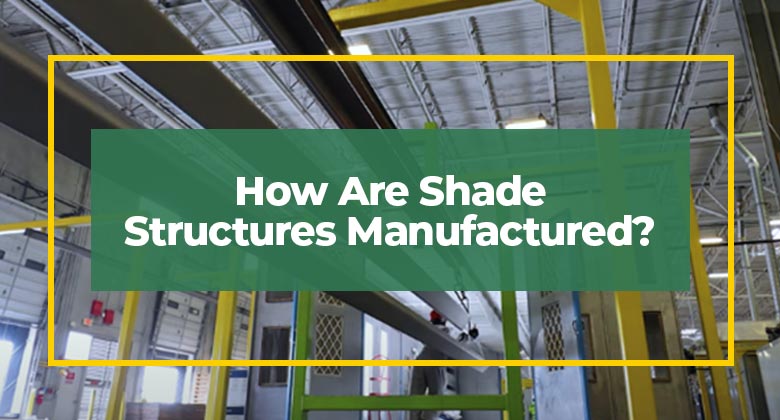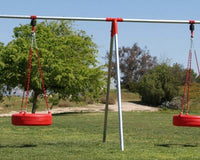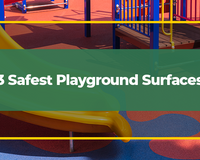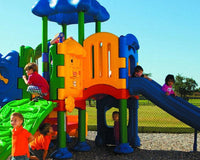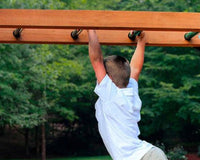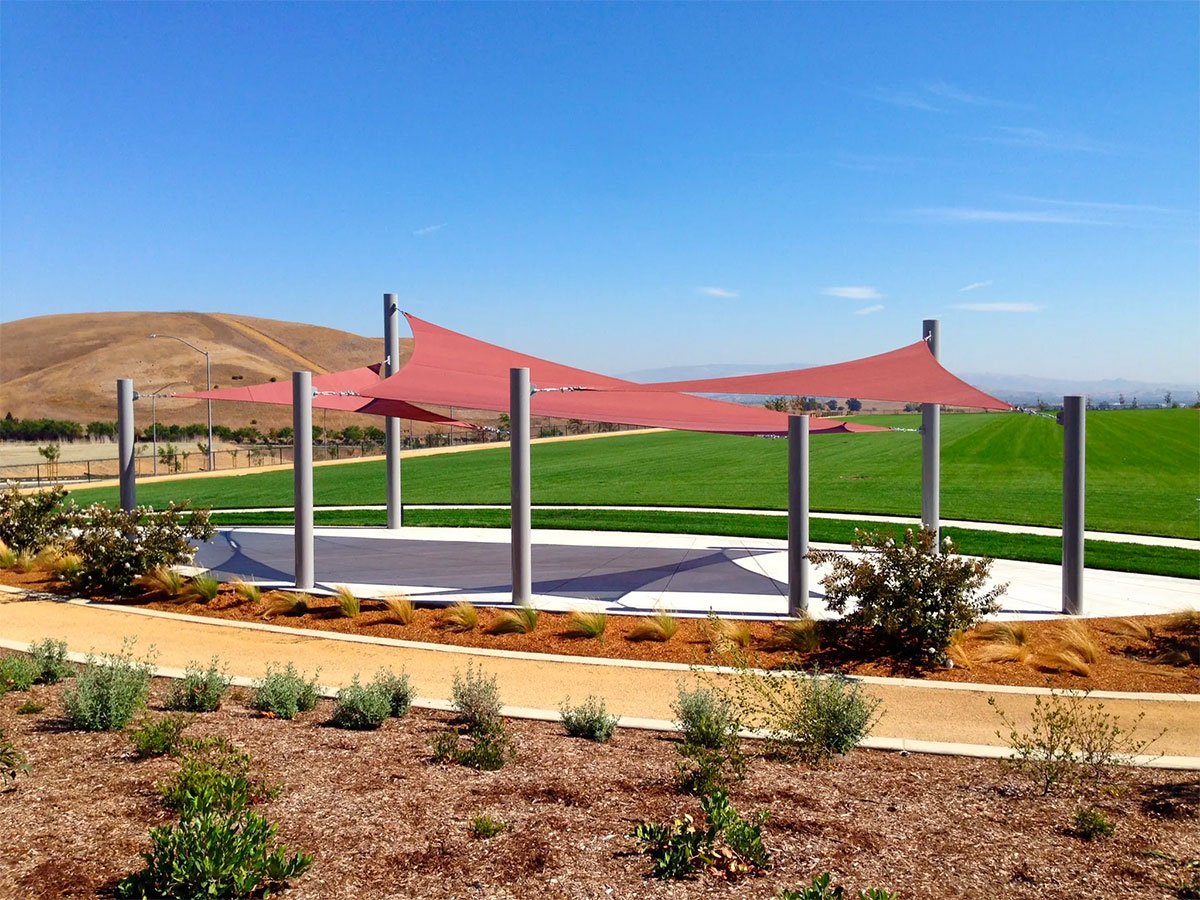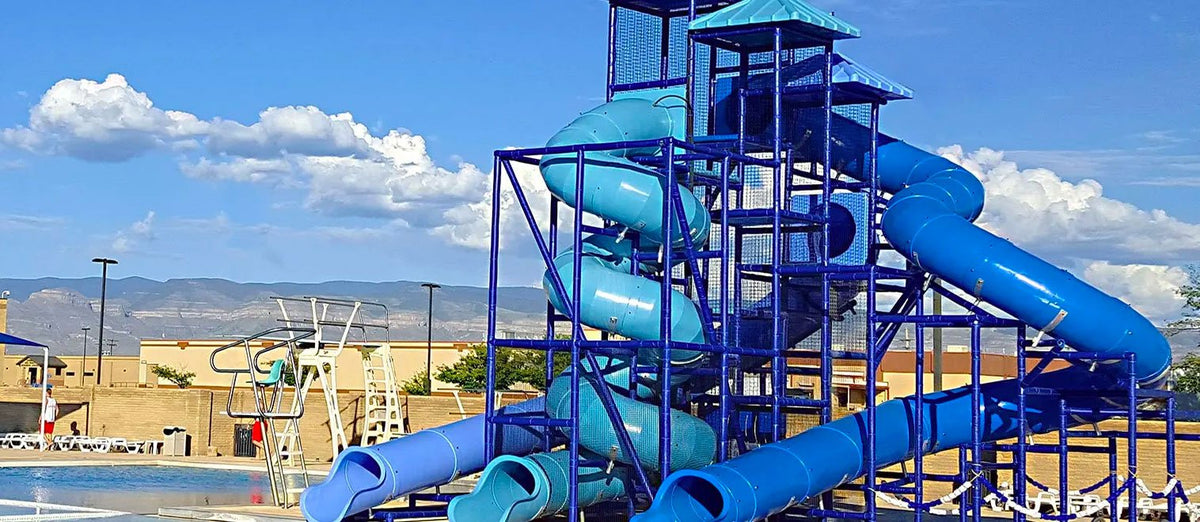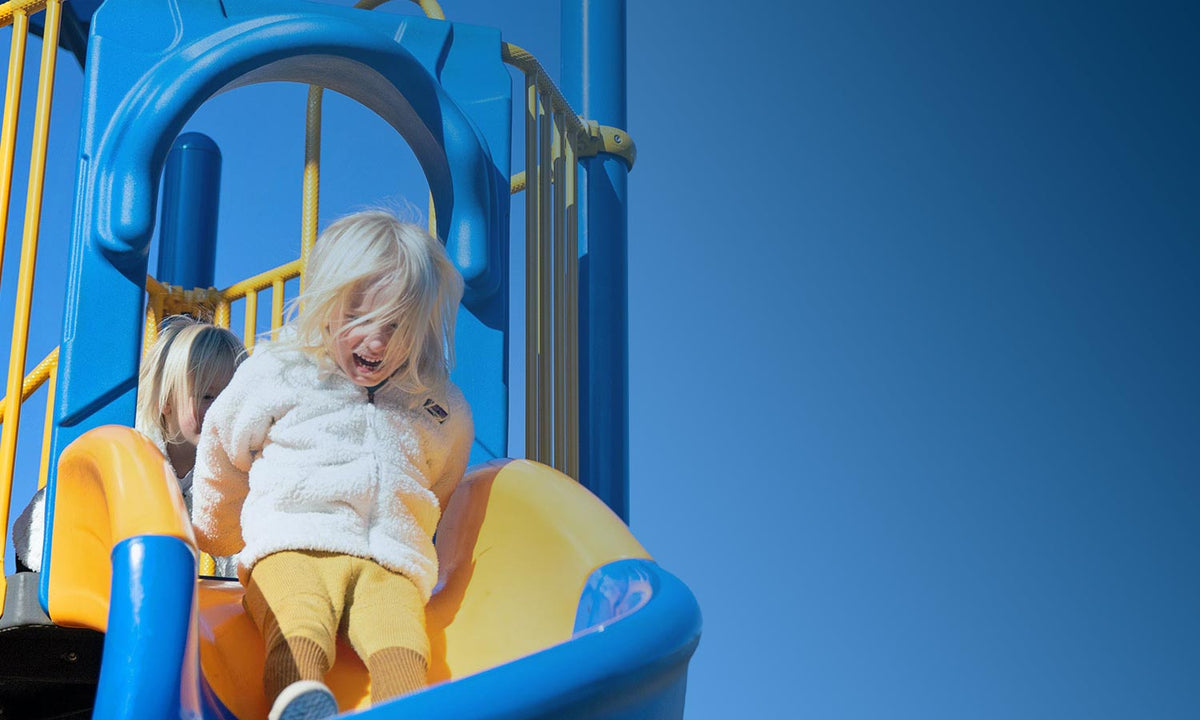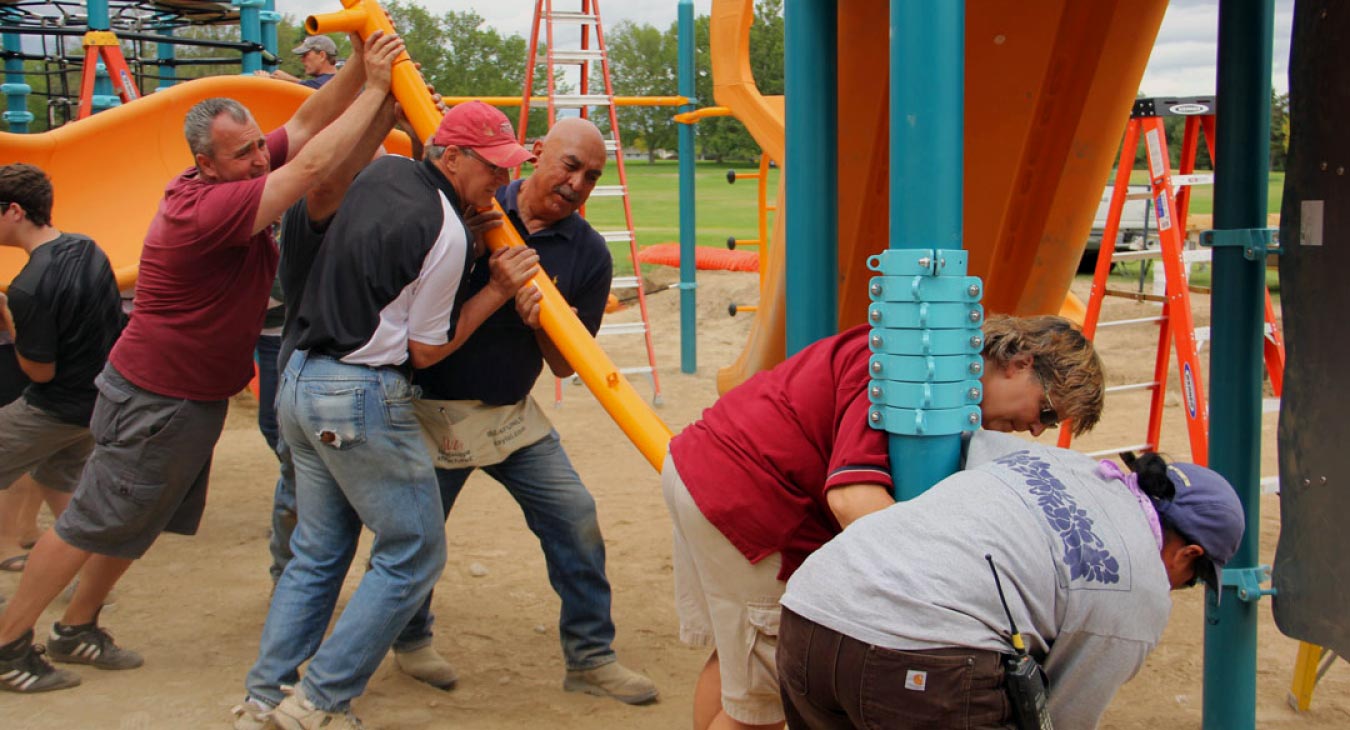When you’ve been out in the sun gardening or playing baseball in the middle of July, the most refreshing things in life are a cool drink of water and a bit of shade to relax in. The shade is not only a welcome reprieve from the heat but protection from damaging UV radiation. A well-made shade structure can spruce up any yard or outdoor business.
Shade structures are used in both commercial and residential areas. They make an outdoor area look more welcoming to people who want to enjoy the weather without getting sunburned. Businesses that operate outdoors can benefit from a well-placed sunshade. Customers will appreciate being out of the sun.
If you are interested in investing in a shade structure for your park, business, pool, church, or recreation center, you need to consider your material options before you get started. It is also helpful to be familiar with the manufacturing process so that you can make a construction plan that fits your budget and your ideal shaded space.
Selecting Your Materials
When constructing a shade structure, you want to make sure it’s both functional and durable. The first thing you should do is choose your materials. Three popular materials are steel, fabric, and wood, each with its pros and cons. Depending on your budget and what kind of shade you want, any of these materials will make a fine structure.
Steel
Metal shade structures are more costly than shades made with other materials, but the extra price is worth it if you want a tough, permanent structure. Once you put up a metal shade, it stays up.
For increased durability, you can use a few methods to protect your steel components from corrosion and rust. Galvanization and powder-coating are both excellent options for a durable, weather-proof shade structure.
Galvanized steel is covered in a layer of zinc to improve durability. More and more structures like bridges and roads contain galvanized steel in their construction. For your sunshade, the use of galvanized steel guarantees a longer-lasting structure and reduces the amount of maintenance necessary over the years. Powder-coating has the same reinforcing effect.
Fabric
Fabric is less durable than some other material options for your sunshade. However, it is a cheaper material and holds up well if all you want to do is keep the sun off of you in the summertime. While the fabric is coated in water-resistant vinyl, you will want to take the shades down in stormy weather or winter months.
Fabric is not only cheaper than metal, but is a versatile material and can be used to make shades of many different shapes. Through a process using tensile fabric, your fabric shade can be sail-shaped, umbrella-shaped, and even tent- or canopy-shaped. There are a lot more design options with fabric.
Sunshades made of fabric are easier to install than other materials. They are also easier to take down when you want to. Since the fabric is not welded into place like with steel structures or nailed together like wooden structures, you can alter how much shade you want and take down the shades completely when you don’t need them.
Wood
Wood is a popular material for sunshades and awnings in gardens. The material is more likely to be used to make gazebos and pergolas. Wood is a less expensive material than metal and can be durable enough if adequately stained. Overall, wooden shade structures make up for being less durable by their classy look.
Repair and Upkeep
Sunshades require different amounts of maintenance depending on what materials you use. When deciding what materials to use, consider how much time you are willing and able to dedicate to shade structure maintenance. Are you okay with having to repair it every once in a while, or would you rather put the structure up and never have to think about it again?
Fabric is relatively low maintenance, but it can be damaged in inclement weather and should be taken down on stormy days and during the winter. You also need to keep an eye on the fabric and replace a shade if it gets too stretched out or frays at the seams.
Even though it has a protective zinc coating, galvanized steel requires cleaning so that the coating will last longer. Wood will need to be stained periodically, and you should monitor your wooden shade structure for signs of deterioration.
Manufacturing Process
When you hire a company to build your sunshade, the process involves a lot more than just installing the structure. You will have to assess your installation site, make sure that your structure is up to code, and construct any pieces that need to be put together off-site.
Permits and Other Prep Work
Make sure you have the proper permits before you build a shade structure. Since a sunshade is permanent, you have to make sure your project is up to code.
Inspect your installation site. Your contractor will need to know some information about where they will be putting the structure, and they should probably see the site themselves. This is especially important since they will be building most of the pieces at their shop off-site.
Before talking to your contractor, make sure you have the answers to these questions:
- How much wind resistance is required from a structure built in your area
- What is the terrain like around your build site?
- How big is the area you want to cover?
Steel Process
The supports and frame of your shade structure will probably be made of steel. Because of the complex tools involved, these components will be fabricated at a shop off-site. Unless you are a hard-core DIY’er, you probably won’t see this step. Still, it helps to be familiar with the process.
Fabricating and Welding
The fabrication process involves cleaning the steel, cutting it to size, and bending it into shape if necessary. After that, you fasten the components together, either by welding at the joints or punching holes for bolts. When the steel components are assembled, finish the surfaces by smoothing jagged edges.
Galvanizing
The galvanizing process involves strengthening iron or steel by immersing it in molten zinc. Because of this process, galvanized steel is protected from rust and corrosion. The galvanization is long-lasting, and your structure will require very little maintenance on your part.
Another method you can use to protect your steel structure is powder coating. Instead of zinc, the steel is coated with ground-up pigment and resin charged with static electricity. The powder is sprayed onto a grounded steel structure, and the coating is melted to cover the surface evenly. Like galvanized steel, powder coating is durable and requires little maintenance.
Fabric Process
Sunshades are often made with tensile fabric, which can be stretched by tension cables to create a three-dimensional sunshade. Because the fabric’s lightweight and flexible, you have a lot more options for the sun shade’s shape than you would with other materials. Tensile fabric is a good choice of material if you want a more visually interesting shade structure.
Materials for the fabric membrane are made of components like nylon, cotton, polyester, and glass fibers. The fibers can either be woven together or layered on top of each other. The woven fabric is covered with a moisture-resistant vinyl topcoat.
Fabrics are manufactured for durability against UV radiation, inclement weather, organic matter, and rigorously tested for fire resistance.
Other Hardware
Cables and fasteners are key components that hold together various portions of the shade structure. If you have decided to use fabric as your shade material, you will also need to account for the tension components for the tensile fabric.
Additional Considerations
Before building a shade structure, think about what purpose you want it to serve on your property. Shade structures are highly customizable and should suit your needs and your budget. They should also comply with safety standards in your area, which vary depending on where you want to build your structure.
Snow Rating
Consider the weather in your area and what kind of weight your shade structure is likely to carry. In regions that experience a snowy season, your structure will need to meet a particular snow rating to be considered up-to-code.
UV Protection
The Ultraviolet Protection Factor (UPF) of a material refers to what percentage of UV radiation filters through the material. Tents, umbrellas, and pre-made shade structures often have a UPF rating on the label.
Your selection of shade structure materials depends on how much UV protection you want. The UPF differs per material, but here are a few qualities to look for:
- Darker-colored fabrics are more effective than light-colored fabrics.
- Tightly woven fabrics are more effective at blocking UV radiation.
- Heavy-weight fabrics block more UV radiation than light-weight fabrics.
Pick a Local Manufacturer
When preparing to build a shade structure, seek out US-based manufacturers. Shipping will be much cheaper if you order from a manufacturer in the country. You don’t want to bankrupt yourself over shipping costs.


